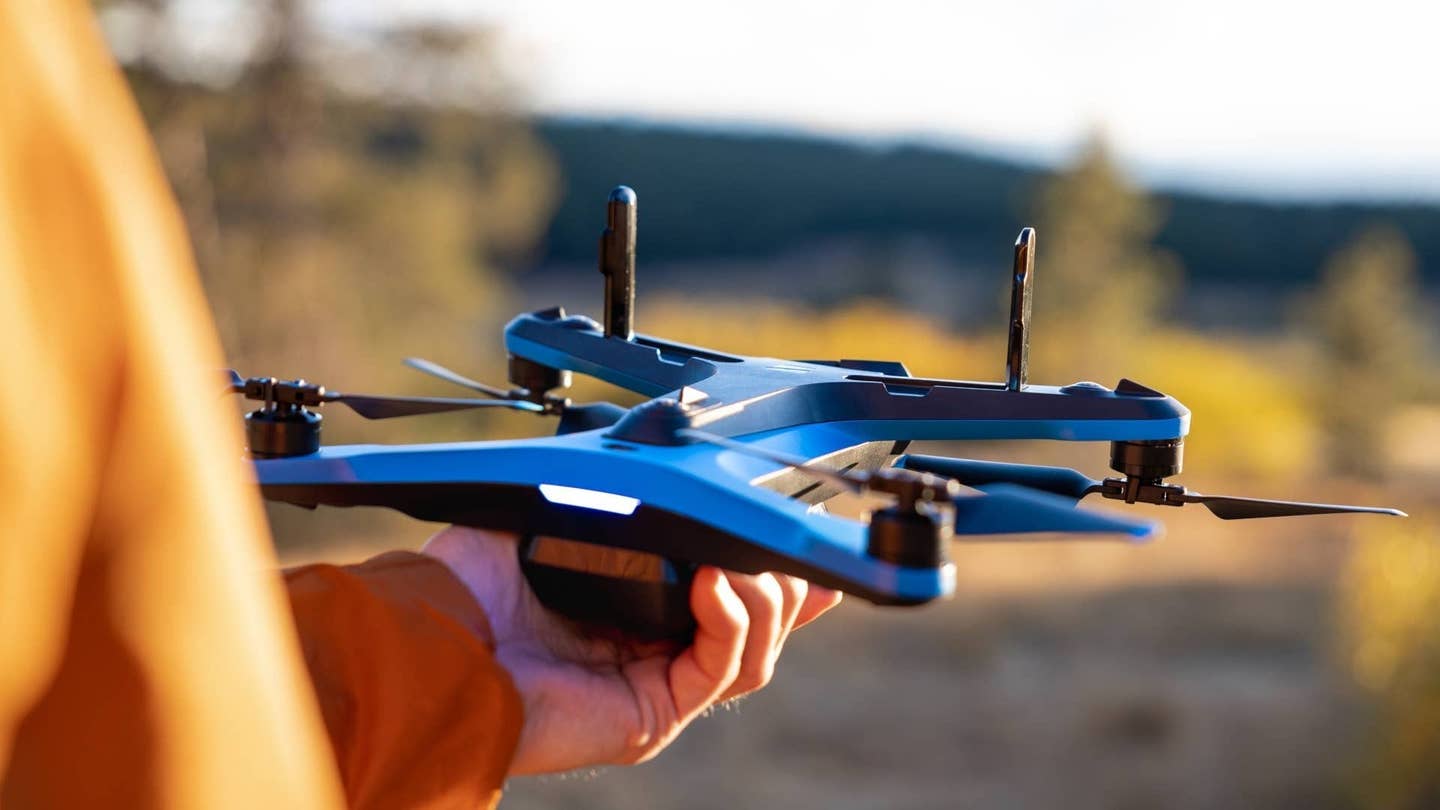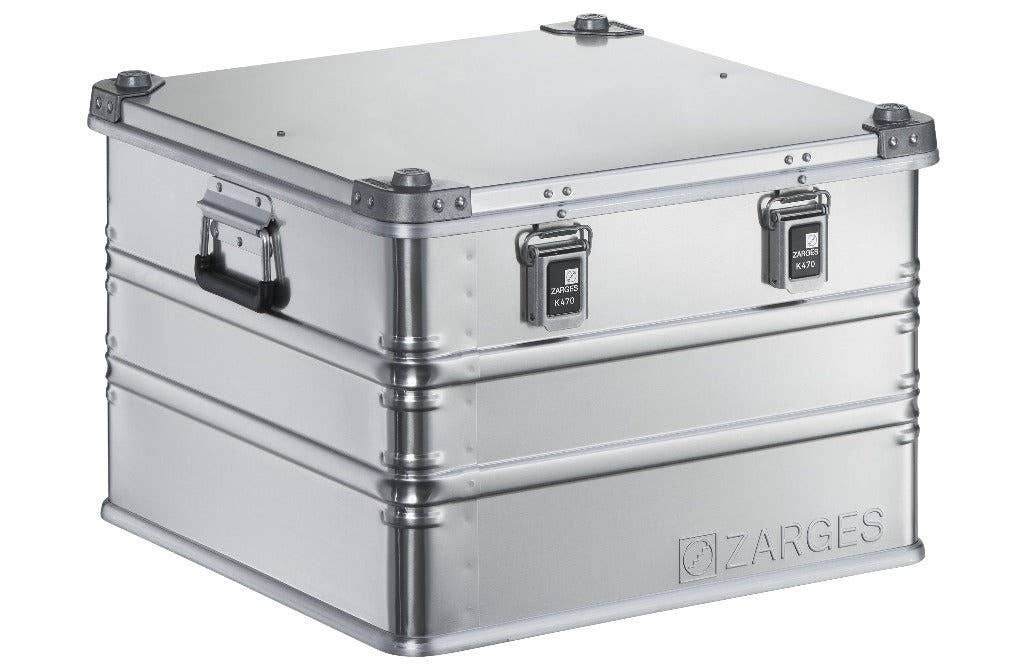
IFR flight plans provide important layers of planning and situational awareness to the benefit of everyone in the sky. [Credit: Shutterstock]
It didn’t take me long to see the value of an instrument flight rating (IFR).
From the earliest days of my aviation journey, I saw the way fog obscured the terrain around me during early morning flights. There were cross-country trips that were cut short when forecast cloud bases proved inconsistent with reality. Moonless night flights over dim farmland opened my eyes to how easy it might be to fatally confuse scattered street lights for stars.
I don’t always need to file an IFR plan or fly in actual instrument meteorological conditions (IMC). Yet the skills, tools, and options that accompany the rating help keep me flying safely when my prior personal minimums or the regulations themselves would otherwise have grounded me.
Most importantly, those same skills, tools, and options make for much safer pilots in all conditions.
What Are FAA Instrument Flight Rules?
Most GA flights operate under visual flight rules, or VFR.
For the uninitiated, VFR requires that conditions be such that pilots can look outside the cockpit and safely fly using external visual cues. Perhaps the most obvious scenario this rules out is flight through clouds. With few exceptions, pilots will continuously maintain visual contact with the ground.
This is not, of course, descriptive of many flights. Aircraft regularly fly through clouds and other low-visibility conditions quite safely. This is made possible through the use of instrument flight rules, commonly referred to as IFR.
To act as pilot in command (PIC) in actual IMC outside of a training context, you need an instrument rating for the category of aircraft to be flown and must maintain a specific standard of instrument currency. Likewise, aircraft must be properly equipped and up to the task.
Although pilots must be on an IFR flight plan to enter IMC, appropriately qualified pilots can file in any weather conditions. They are indeed required to do so if they plan to enter Class A airspace.
Regardless of whether filing is necessary, IFR flight plans are powerful tools that enhance coordination between pilots and air traffic controllers (ATCs). They provide important layers of planning and situational awareness to the benefit of everyone in the sky.
Instrument Rating Prerequisites
Instrument-rated pilots are statistically much safer pilots, so there’s enormous value in obtaining an instrument rating. This is true even for those who have no intention of ever entering IMC on their own.
Before calling up a local CFII, there are a few up-front requirements, per 14 CFR 61.65.
- Private pilot certificate: Instrument-rating applicants must hold a current private pilot certificate with a rating appropriate to the intended instrument rating. In other words, if the rating qualifies the pilot for instrument flight in airplanes, they must hold a private pilot certificate with an airplane rating as opposed to a helicopter rating. It is also possible, though much less common, to apply for both a private pilot certificate and instrument rating at the same time.
- Current medical certificate: In order for a private pilot and, by extension, an instrument-rated pilot to act as PIC, a current medical certificate is necessary. Any class of medical certificate will do. BasicMed also counts.
- English proficiency: The applicant needs to be able to read, speak, write, and understand the English language. Certain exceptions exist for those unable to meet this requirement due to medical conditions, but these usually come with operating limitations.
- Flight experience: Applicants need at least 50 hours of cross-country PIC time and at least 10 of those hours must be in an airplane.
Instrument Rating Part 61 vs. 141
It’s worth pausing here to recognize that not all of the above requirements apply to all candidates. The list applies most directly to students training under FAR Part 61, which is generally descriptive of most students training part-time with local schools or independent flight instructors.
Those training with Part 141 schools have somewhat different requirements. Most notable is the lack of a 50-hour, cross-country flight time requirement. Part 141 students must log slightly fewer total instrument training hours from 40 hours under Part 61 to 35 under Part 141.
Breaking Down the Instrument Rating Requirements
With basic prerequisites out of the way, it is time to begin training. As mentioned above, students in Part 141 schools have slightly different requirements, but those training under Part 61 must meet the following instrument rating requirements.
Ground Training Requirements
Instrument students are required to receive relevant ground training.
Although there is no defined hour requirement, this training must be logged. Ground training can be accomplished using an online home-study course or with an in-person, authorized instructor.
Aeronautical knowledge training must include the following, per 14 CFR 61.55(b):
- Federal Aviation Regulations of this chapter that apply to flight operations under IFR
- Appropriate information that applies to flight operations under IFR in the Aeronautical Information Manual
- Air traffic control system and procedures for instrument flight operations
- IFR navigation and approaches by use of navigation systems
- Use of IFR en route and instrument approach procedure charts
- Procurement and use of aviation weather reports and forecasts and the elements of forecasting weather trends based on that information and personal observation of weather conditions
- Safe and efficient operation of aircraft under instrument flight rules and conditions
- Recognition of critical weather situations and windshear avoidance
- Aeronautical decision making and judgment
- Crew resource management, including crew communication and coordination
Home-study ground school courses are a popular option for initial ground study, especially in preparation for the written knowledge test. Most of these utilize online delivery methods and give students the ability to learn in small chunks at their own pace.
Online delivery also means students can study on the go, all while paying much less than they would for traditional in-person training.
Knowledge Test
Assuming an instrument rating applicant does not already hold an instrument rating for another category of aircraft, they must pass a written knowledge test. The instrument knowledge test is based on the aeronautical knowledge topics above.
In order to take the written knowledge test, an applicant simply needs to be at least 15 years old, have a valid FTN (an FAA tracking number), and be endorsed to take the test by an authorized instructor. This may entail a written logbook endorsement, or if a home-study course was used, a printable training record endorsement.
Applicants must schedule a time to sit for the written knowledge test at an FAA-designated testing center. Before beginning the exam, they must present valid and current identification.
The test is administered on a computer at the testing center and includes 60 multiple-choice questions. Test-takers have up to two hours to complete the exam and must receive a score of at least 70 to pass.
Missed questions will generate a series of codes printed on the final score report. These codes reference the knowledge areas those questions dealt with and will be reviewed with candidates during the oral exam portion of their checkride. Test results are valid for up to 24 calendar months.
Instrument Flight Training Requirements
The FAA requires that instrument applicants in airplanes receive and log at least 40 hours of actual or simulated instrument time. These should include at least 15 with an appropriately rated instructor and must cover the following areas of operation:
- Preflight preparation
- Preflight procedures
- Air traffic control clearances and procedures
- Flight by reference to instruments
- Navigation systems
- Instrument approach procedures
- Emergency operations
- Postflight procedures
This time will also include a training flight of at least 250 nm with an authorized instructor using a filed IFR flight plan. The flight must include three different kinds of instrument approaches, including at least one at each airport.
At least three instrument training hours with an instructor should be logged within two calendar months before a checkride.
All flight training must take place in an aircraft appropriate to the instrument rating sought. There are provisions, however, for the use of flight simulators and training devices. These include full flight simulators (FFS), flight training devices (FTD), basic aviation training devices (BATD), and advanced aviation training devices (AATD).
These devices must be FAA approved, and students must conduct the training time under an authorized instructor’s supervision. The most common situation is for students to count up to 10 hours of instrument training time received in a BATD or up to 20 hours in an AATD.
Practical Test (Check Ride)
The practical test, or check ride, is a universally nervous day. Even so, candidates who are well prepared should feel confident. They can expect an oral exam and a flight exam, each of which will take around two hours.
While there is a lot of information to know and skills to perform, there are no surprises on the day of the check ride thanks to the Airman Certification Standards (ACS).
The ACS is a powerful tool that lays out the detailed standards candidates must meet during the practical test. Although the FAA is careful to emphasize that the ACS is not a training document, a thorough review should be an integral part of checkride preparation.
Ready to Begin Your Instrument Training Journey?
Are you ready to fly “in the soup?” You’ll need your instrument rating to make a career as a pilot.
But even if flying is purely a hobby, why not equip yourself with every tool you can to enjoy the gift of flight as fully and safely as possible?
An instrument rating sharpens aeronautical decision-making, refines both instrument and general flying skills, and makes for safer pilots. Why are you waiting?
FAQ
What airspace requires a current instrument rating?
An instrument rating is required to enter Class A airspace because flights in Class A airspace must be on an IFR flight plan. Class A generally includes all airspace beginning at 18,000 feet msl and extends up to and includes FL 600.
How hard is it to get an instrument rating?
Instrument ratings require diligent study and serious dedication. Even so, instrument ratings are not just for airline pilots. Every pilot with the means to do so should consider pursuing an instrument rating.
How quickly can you get your instrument rating?
You can earn an instrument rating in a couple of weeks if you meet prerequisites, study full time, and schedule a checkride immediately. Most part-time students who train at least two or three times per week should take between two to four months.

Sign-up for newsletters & special offers!
Get the latest FLYING stories & special offers delivered directly to your inbox






